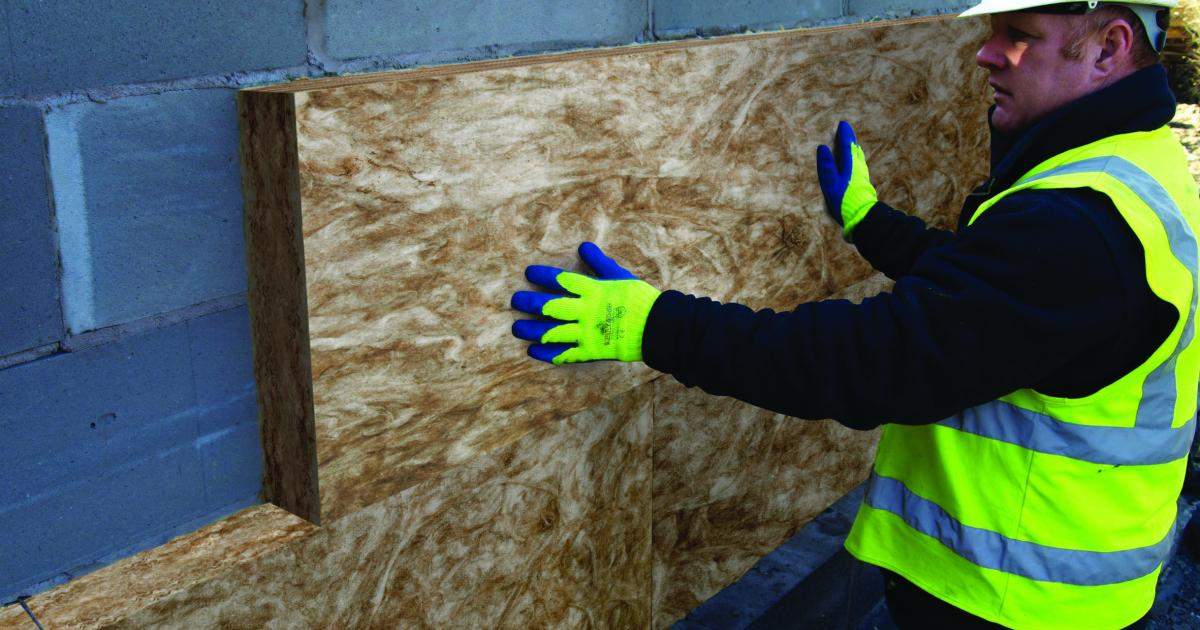Cavity Insulation – A Cost-Effective Energy Efficient Solution For Your Home
Cavity insulation is one of the best ways to save energy in your home. It’s quick and easy to install by a registered professional who will drill holes in the outer brick wall and inject the insulation.
The preferred material is polystyrene beads. These are smaller than the other options, which means they can be pumped in even in narrow cavities. They also don’t absorb moisture like mineral wool.
Cost
Cavity wall insulation is one of the most cost-effective energy efficiency improvements you can make to your home. It reduces heat loss through your walls, which accounts for about 35% of your home’s total energy use. It can also save you up to PS145 a year in heating bills. The installation process takes a few hours, and installers drill holes in your exterior walls before filling the cavities with insulation.
You should choose an installer that is accredited by a professional body. This ensures that they follow their own quality standards, and you can rely on them to resolve any problems that arise. You should also ensure that they are members of the CIGA, which means they can offer you a professional guarantee against damage caused by their work.
Your installer will survey your property to make sure it is suitable for cavity insulation. They’ll use a borescope to look inside the cavities, ensuring that any rubble or other material is removed before installing the insulation. This is important as it could prevent your insulation from working properly.
Effectiveness
Cavity insulation is a highly effective and cost-efficient way of reducing heat loss in your home. It also helps to prevent condensation. It can be installed in existing properties, and new-builds. The installation process is relatively simple and only takes a few hours.
When choosing the type of insulation to use, be sure to check the R-values and Uo-factors. It’s important to note that the R-value of insulation depends on where it is placed in the building envelope. Insulation located between structural members (cavity wall) is less effective than continuous insulation.
Continuous insulation, like Icynene spray foam insulation, offers better R-values than traditional batt insulation. However, you will need to ensure that the sheathing is properly sealed and air-tight. It is also important to know that continuous insulation should not be used with metal framing. It can cause thermal bridging in some applications.
Installation
Cavity wall insulation can be a very easy option for your home. It involves pumping insulating material into the space between the studs of your walls, and can take about two hours to complete when working with average sized walls in an easy-to-access location. The insulating materials can include mineral wool, expanded polystyrene foam or loose beads. If you are not sure which option is best for you, consult a professional who can discuss the advantages and disadvantages of each product.
Regular maintenance of your cavity wall insulation is important to ensure that it is still functioning at optimum levels. This will help you save energy costs and also reduce your carbon footprint.
If you are concerned about the quality of your cavity wall insulation, speak to a registered installer and have what is known as a borescope inspection carried out. This process will test for the presence of a cavity and is usually undertaken by using an electronic tool that drills a small hole in the wall.
Maintenance
The most important maintenance requirement for Cavity insulation is to ensure that it is kept free of moisture. If the insulation is exposed to moisture it will soak up the water which can lead to dampness and mould growth, wall tie failure, and structural damage.
Cavity wall insulation (CWI) can be installed in new houses or retrofitted into existing properties. It can be fitted as full insulation or in a partial fill solution which leaves a gap between the internal and external walls for plumbing and electrical services.
If you are considering CWI it is important to know which type of insulation you are getting and to choose a installer that is registered with CIGA. This will ensure that you have a guarantee in place in case of any problems with the installation. You should also check that your installer is able to provide a full house survey before starting work on your property. This will help to identify any potential problems such as wall cracks, leaking guttering or vents.

